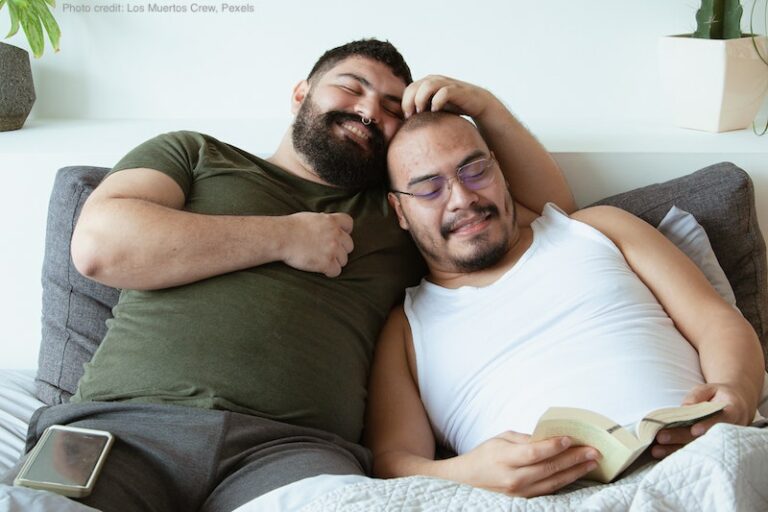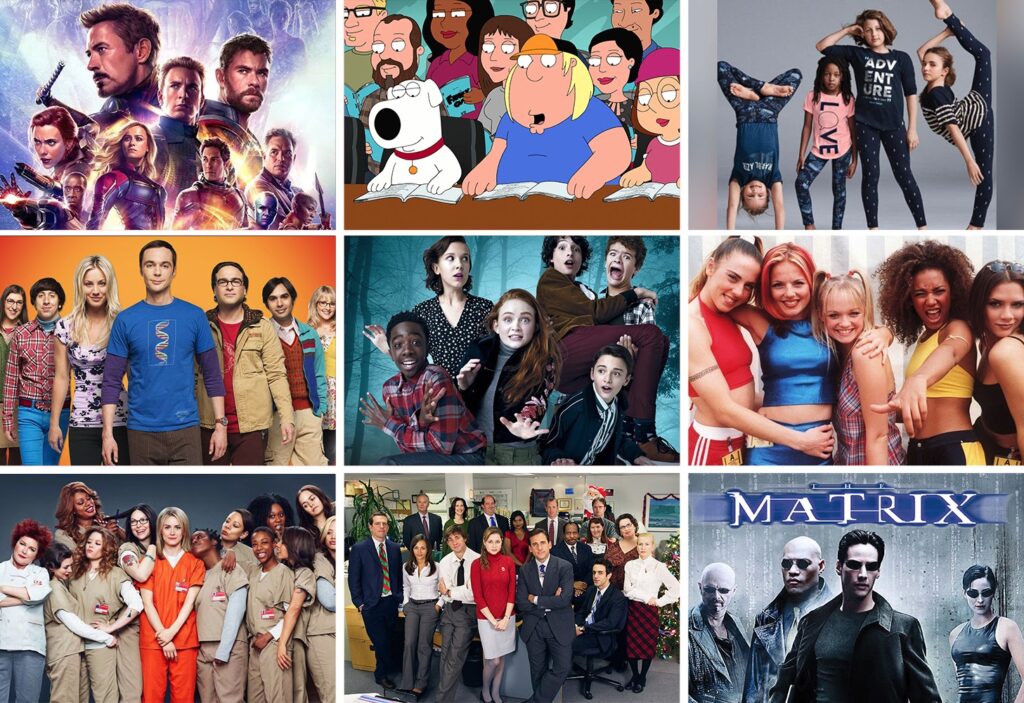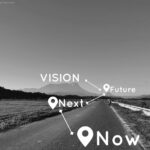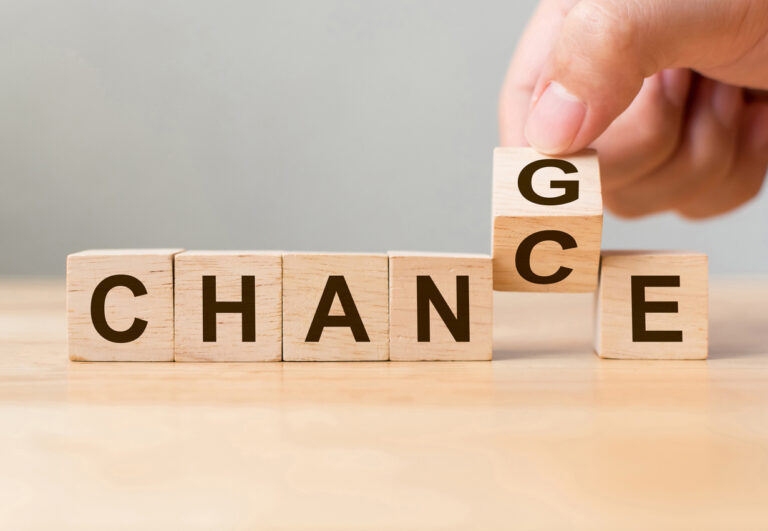Ask yourself questions to keep your bias in check
When choosing a photo, asking yourself some questions will help you more easily identify the groups of people you may be leaving out, recognize your own biases, and avoid stereotypes. Choose photos that intentionally feature different kinds of people who typically aren’t represented as the focus.
- Who is missing or excluded? Who should be included that typically is not?
- Can any photos be swapped out for a different type of person?
- Would I want to be portrayed this way? If this was a photo of me or someone I love, would I be okay with how they are represented?
- Are any stereotypes being perpetuated in the photo I am using? Am I depicting someone in a way that may cause them harm?
- Will everyone in the intended audience see someone like themselves represented?
Keep yourself accountable with a “Demographic Checklist”
Each time you choose a group of photos for your station, this mental checklist can help ensure that you’ve included as wide a range of people as possible. If you realize that your photos do not include someone on the list below, you can do a targeted search for a photo that includes them. The checklist is also useful for identifying when your photos include too much of one group and not enough of another. It’s usually not possible to include someone from every single one of the categories below, but the more types of people represented, the better.
- Races/ethnicities: African/Black, Hispanic/Latinx, Asian or Pacific Islander, Middle Eastern, Caucasian/white, mixed-race or multi-ethnic
- Genders: Women, men, transgender or non-binary people, and other genders
- Ages: Babies, young children, teenagers, adults, and elderly people
- Abilities and body types: People with a wide array of different physical and mental abilities or disabilities, as well as a range of body types, sizes, and heights
- Other identities: Religious or cultural clothing (like hijabs, for example), pregnant people, same-sex couples, interracial families etc.
Be specific with search terms and use filters
When searching for a photo, it’s tempting to use the first good one you see at the top of the page. But often the photos at the top of your search results will be the least diverse and will likely depict the cultural “default” of young, attractive, straight, able-bodied, and usually white. Get much better search results by using the filters available on the stock photo or database you’re using, and by typing in very specific search terms. For example, Shutterstock.com has ethnicity, age, and gender filters. The very first thing I do when searching for a photo is select all ethnicities except for Caucasian (white). This usually ensures that many more types of people will appear in the search results. White people will likely still be included in the images, but they will be supporting rather than main characters.
Another way to get better search results is to type in a very specific demographic that you have in mind. For example, if you run through the Demographic Checklist and realize that you haven’t included someone who is Hispanic, search for “Hispanic man smiling”. It may feel a bit uncomfortable to type in a specific race, ethnicity, gender, body type, or disability (I often use search terms like “wheelchair,” “blind person,” or “plus size man”) but it is necessary in order to ensure that you are featuring people who typically get overlooked.
Slow down and take your time
It’s important to take the time to dig deep. Particularly in public media, people work quickly and production can move at lightning speeds. However, fast-paced environments can introduce bias unless we all slow down and be thoughtful about what we’re producing and the messages it may send to our audiences. When searching, look beyond just the first page of image results. I usually start by looking at the very last page of results first. The more photos you look at, the more kinds of people you will see in them. Commit to taking a few extra minutes to really choose one that is a great photo AND is inclusive. Once you find a photo you like, run it by someone different from you (ideally someone who has the same identity as the person featured in your photo) to get their feedback. For example, if you are a white woman and the subject of the photo is a Black woman, show the image to a Black colleague to get their reaction. This will help ensure that your choices are inclusive, and aren’t doing any unintended harm. Finding more inclusive images takes a bit more time and intention, but it matters.
Pay close attention to photo composition, lighting, and cropping
Just because a photo includes many types of people doesn’t automatically mean that they are represented in an equitable way. Often the biases of photographers, photo editors, stock photo curators, and designers can show up in subtle ways. Choosing photos that may seem “diverse and inclusive” at first glance might actually be doing more harm than good. For example, the photo below depicts four people in a meeting. There are two men, and two women—both of whom are minorities. It seems relatively “diverse” if you describe it that way. When we take a closer look at the composition and focus of the photo, the white man is much larger and closer to us than the others, who are out of focus. The others, including both women who are the only non-white characters in the shot, are supporting characters to the white male main character. Additionally, the Black woman is seated, which positions her lower in the composition. This subtly indicates to the viewer that because she is lower and out of focus, she’s less important than the other people in the photo.











